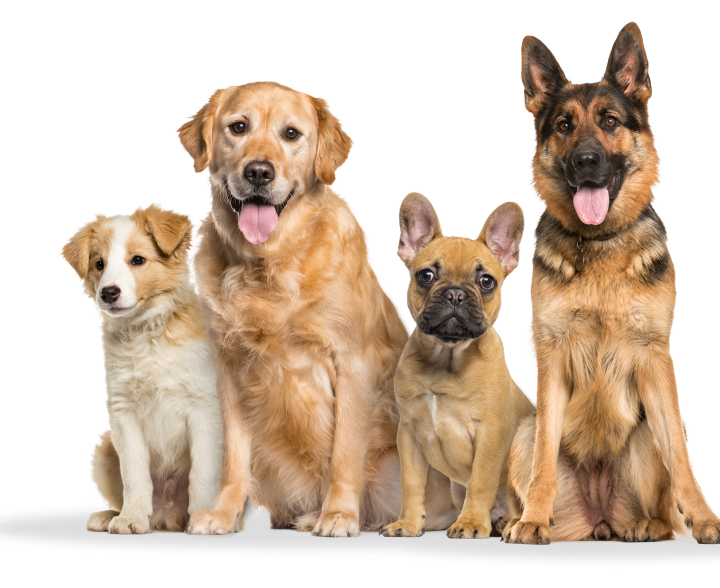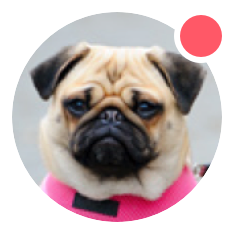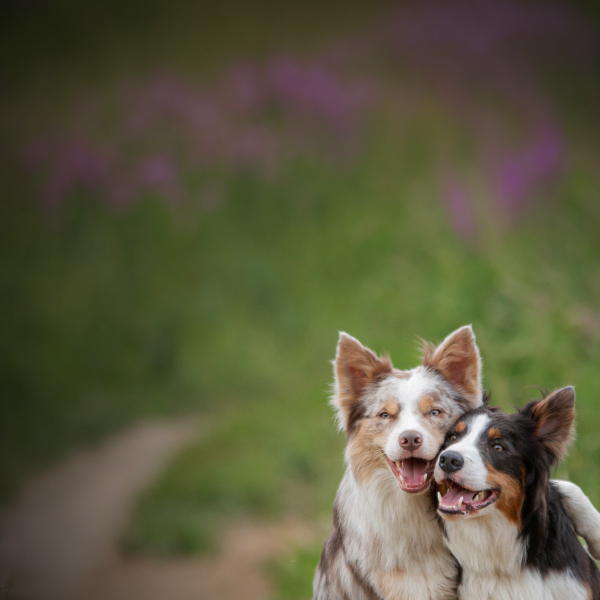There are many different techniques available, and the surgeon's first task is to decide which technique to use in order to achieve the best outcome for that patient. In the case of a tumor removal, the surgeon will pre-clip up extensive areas of the dog prior to making the first incision, and mark out with permanent marker, where the flaps or grafts will be harvested from.
For planned surgery such as a lump removal, repair is usually executed as one event under the same anesthetic. This involves the surgeon preparing a healthy tissue bed to receive the graft. This is done by gently scraping the underside of the flap with a scalpel blade, to remove fat and fascia so the graft makes good contact with a healthy blood supply at the recipient site.
The skin flap is then partially cut out and rotated into the desired location, and then sutured in place.
Free skin grafts are pieces of skin that are cut out and moved to a new location. These are often 'meshed' using a special tool that cuts fine lines and makes for a mesh effect. This allows the graft to cover a larger area and under less tension, which makes for better healing.
For victims of trauma that have sustained contamination of the wound, reconstruction is not undertaken until the full extent of tissue die back is known and any secondary infections brought under control. Thus, it's not unusual for reconstructive surgery to be postponed until one to two weeks after the initial trauma.





